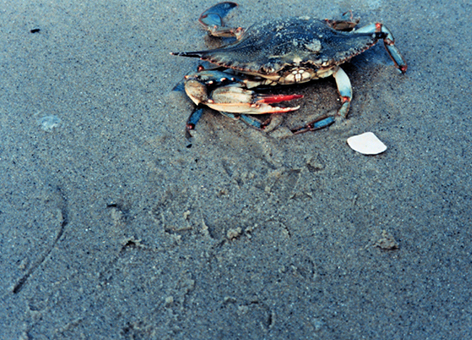NOAA Awards $500,000 to Research Projects Exploring Impacts of Chemical Dispersants on Marine Habitats

NOV. 15, 2012 — We're pleased to announce that NOAA will provide grants, totaling $500,000, to study the effects of chemical dispersants on the marine environment. Earlier this year, NOAA's Office of Response and Restoration partnered with the Coastal Response Research Center at the University of New Hampshire to make a formal call for research project proposals. We received 36 proposals from researchers and universities across the U.S. and Canada and even a few from scientists in Europe. Those proposals were peer-reviewed this past summer and early fall, and through a competitive selection process, three research projects have been awarded funding. NOAA's research grants are being awarded to the following studies [PDF], which will focus on:
- Developing a worldwide quantitative database of the toxicological effects of dispersants and chemically dispersed oil.
- Conducting research to improve understanding of chronic impacts of chemical dispersant and chemically dispersed oil on blue crabs, a commercially important species of marine life.
- Researching public concerns and improving risk communication tools for oil spills and dispersants.
Over the next year we'll get progress reports from the researchers, and all of the materials will be available online at the University of New Hampshire's website. Congress provided money for these grants out of supplemental research funding following the 2010 Deepwater Horizon/BP oil spill.
